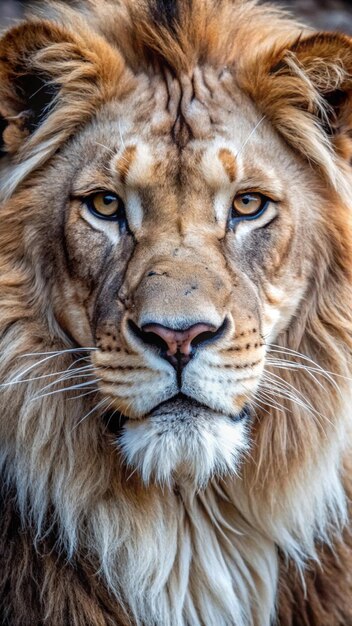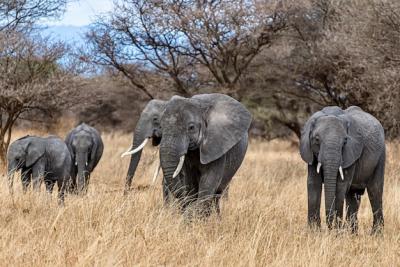The King of the Jungle: Lion Stock Photos for Free Download
The Majesty of the Lion: King of the Animal Kingdom
The lion holds a special place in the hearts of many people around the world. Often referred to as the "king of the jungle," this magnificent creature symbolizes strength, courage, and pride. With its majestic mane and powerful presence, the lion has captivated the imagination of countless cultures throughout history.
Physical Characteristics of Lions
Lions are distinct creatures with unique features that set them apart from other big cats. Below are some notable physical traits:
- Mane: Male lions are known for their impressive manes, which can vary in color from golden yellow to dark black. The mane not only adds to their regal appearance but also serves as a protective feature during fights.
- Size: Adult lions can weigh between 300 to 500 pounds and typically measure about 4.5 to 6.5 feet in length, excluding their tails.
- Coloration: Their coats usually range from light tan to deep gold, enabling them to blend into the savannah grasses.
The Social Structure of Lions
Lions are unique among big cats due to their social behavior. Unlike other felines that tend to live solitary lives, lions thrive in groups known as prides. Here are some key aspects of lion social life:
- Prides: A pride typically consists of related females, their cubs, and a few adult males. This social structure provides protection and support for raising young.
- Duties: Female lions are often the primary hunters, working together to catch prey, while males protect the pride from other threats.
- Cubs: Lion cubs are born blind and helpless, relying on their mothers and the pride for nurturing and safety.
Habitat and Distribution
Lions primarily inhabit grasslands, savannas, and open woodlands. They are mostly found in Sub-Saharan Africa, with a small population of Asiatic lions residing in the Gir Forest of India. This unique habitat allows them to adapt to their environment while hunting and raising their young.
Cultural Significance
Lions hold a prominent place in human culture and symbolism. They are often seen as a representation of strength and bravery. Some important references include:
- Mythology: Many cultures have revered lions, including ancient Egyptian and Greek civilizations.
- National Symbols: Lions appear on coats of arms and flags, showcasing their status as symbols of power and nobility.
- Art and Literature: From stories to paintings, lions have inspired countless artists and writers through the ages.
Conclusion: The Enduring Legacy of the Lion
The lion continues to be a powerful symbol in our world, representing more than just a creature of the wild. Its cultural significance, social structure, and striking features make it a subject of fascination. Understanding and appreciating the lion helps us recognize the intricate balance of nature and the importance of conserving our wildlife. Join us in celebrating the beauty and majesty of this incredible animal.












